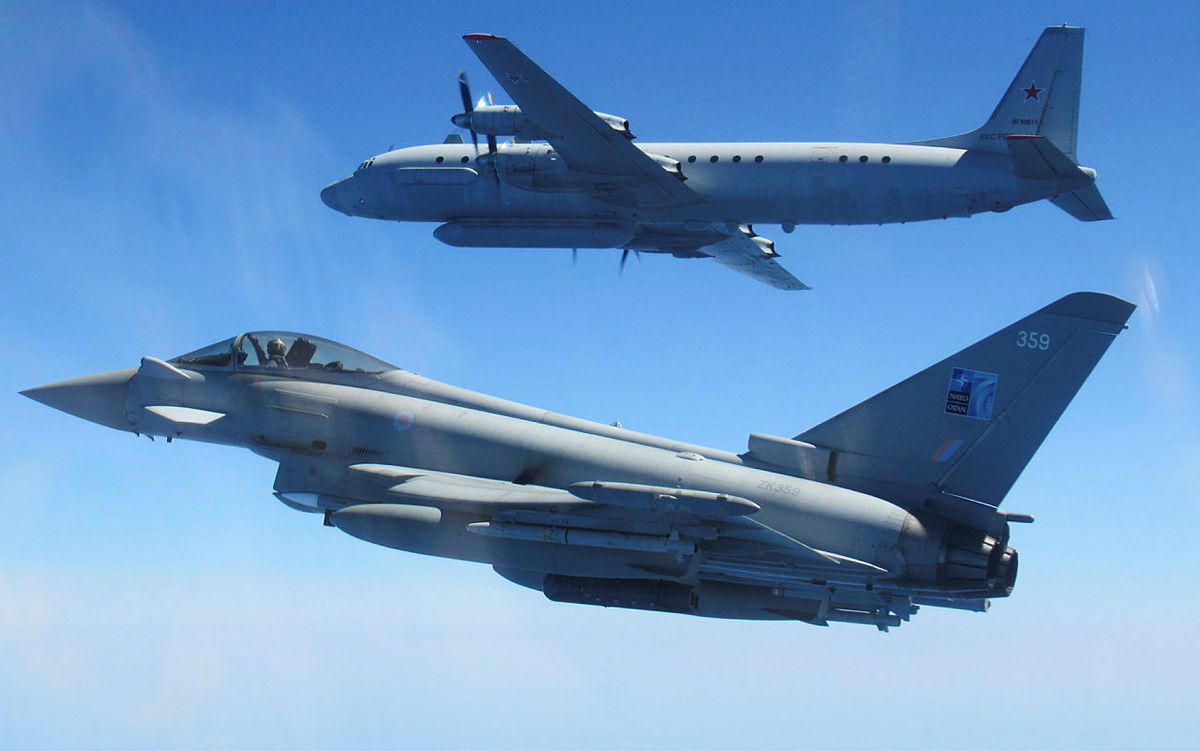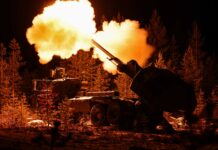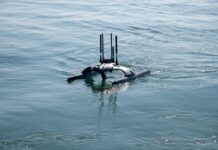As the Royal Air Force (RAF) Eurofighter Typhoons flying NATO’s Baltic Air Policing (BAP) mission out of Ämari in Estonia ended their four-month deployment on 3 August 2023, the UK Ministry of Defence announced that the RAF fighters had intercepted 50 Russian aircraft and flown for a combined total of more than 500 hours.
The RAF detachment at Ämari handed over their mission to a contingent of Spanish Eurofighters, while at Šiauliai in Lithuania Portuguese and Romanian F-16s flying BAP missions handed over to Italian Eurofighters.
The RAF detachment had consisted of members of 140 Expeditionary Air Wing (140 EAW) along with Typhoons and their pilots from the RAF’s IX(Bomber) and 1(Fighter) squadrons, which had deployed to Estonia from RAF Lossiemouth.

The RAF Typhoons’ quick-reaction alert (QRA) missions out of Ämari involved a 21-day period in June when 21 Russian fighters, long-range bombers and reconnaissance aircraft were intercepted 21 times.
The deployment, codenamed Op Azotize, began with RAF Typhoon flying missions alongside a German Air Force detachment of Eurofighters, which on 14 March made their first joint interception (of a Russian Il-78 aerial refuelling aircraft).
During the course of the deployment operations were also conducted in co-ordination with the Portuguese and Romanian BAP contingents in Lithuania. In addition, the RAF Typhoons took part in a number of air exercises, including the major NATO Exercise ‘Air Defender’ (the largest NATO air deployment exercise since the end of the Cold War) and exercises with the air forces of new and upcoming NATO members Finland and Sweden respectively.
NATO allies have been conducting BAP missions since April 2004 to cover for the Baltic states’ lack of suitable air assets. In 2014, following Russia’s illegal annexing of Crimea, enhanced air policing was introduced under NATO’s Assurance Measures to demonstrate the collective resolve of the allies, show NATO’s commitment to collective defence, and deter Russian aggression. Since February 2022 and Russia’s invasion of Ukraine NATO has substantially increased the number of fighters on alert across Eastern Europe.
Peter Felstead










